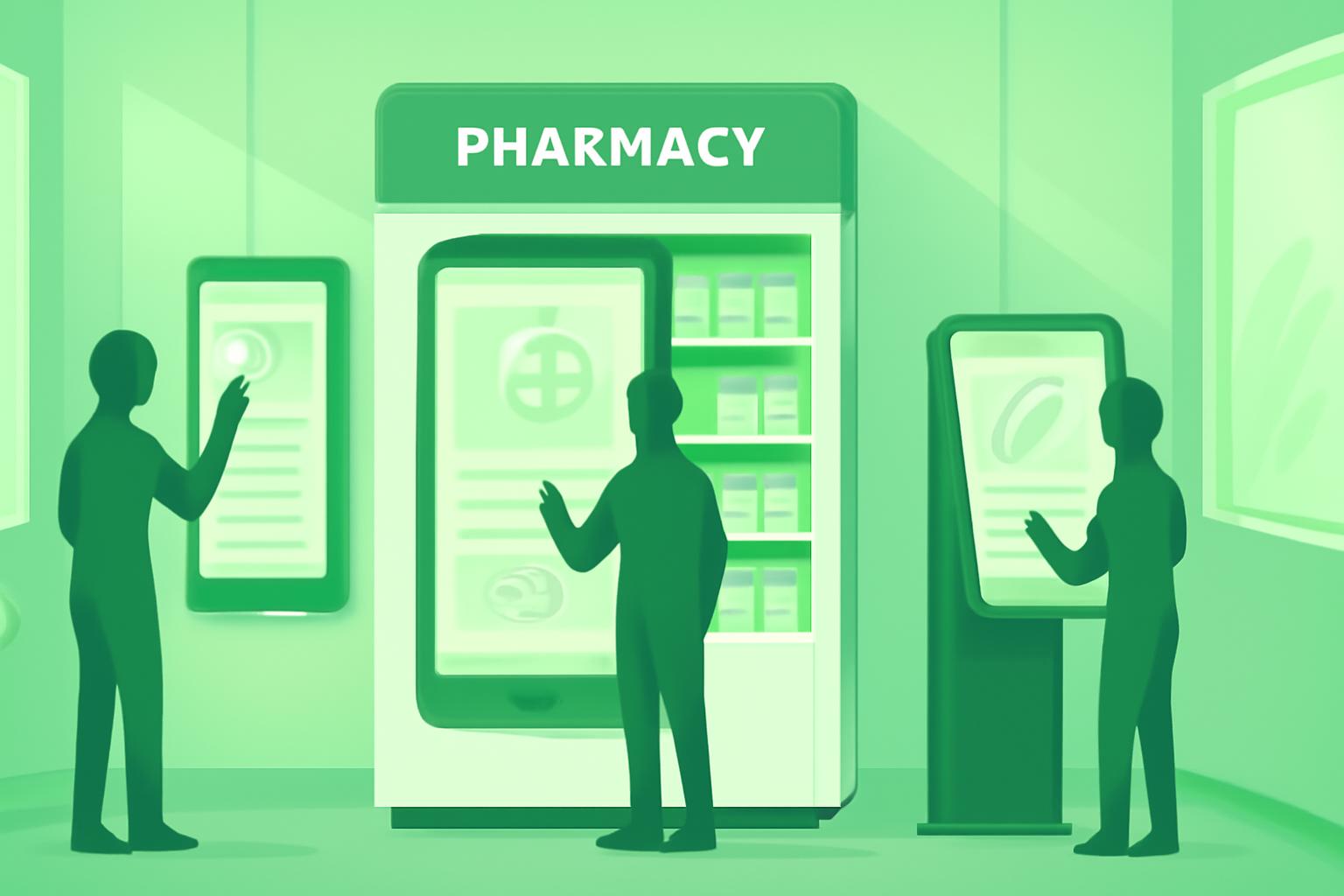Amazon Launches Prescription Kiosks at One Medical Clinics in Los Angeles
Amazon has introduced prescription drug vending kiosks at select One Medical offices in Los Angeles, signaling a potential shift in how patients access medications. The company announced on Wednesday that these kiosks, operated by Amazon Pharmacy, will dispense prescriptions within minutes after a patient’s doctor visit, offering a streamlined alternative to traditional pharmacies. Each kiosk is designed to hold hundreds of medication types, including antibiotics, inhalers, and treatments for blood pressure, with inventory customized to the needs of each location. This integration aims to reduce the common barrier of patients needing to make a separate trip to fill their prescriptions.
“We know that when patients have to make an extra trip to the pharmacy after seeing their doctor, many prescriptions never get filled,” said Hannah McClellan, Amazon Pharmacy’s vice president of operations. “By bringing the pharmacy directly to the point of care, we’re removing a critical barrier and helping patients start their treatment when it matters most — right away.”
Context: Challenges Facing Traditional Pharmacies
Amazon’s deployment of prescription kiosks comes amid growing struggles for brick-and-mortar pharmacy chains such as Rite Aid, CVS, and Walgreens, which have faced declining drug margins and increased competition from online and retail giants like Amazon and Walmart. Recently, Rite Aid shuttered all of its remaining stores after more than six decades in operation, while Walgreens and CVS have also scaled back their physical presence. These developments underscore the pressure on traditional pharmacies to innovate or risk obsolescence.
Amazon has been steadily increasing its presence in the complex U.S. healthcare market. Key moves include the 2018 acquisition of online pharmacy PillPack for approximately $750 million and the launch of Amazon Pharmacy two years later. In 2022, Amazon acquired primary-care provider One Medical for $3.9 billion, marking one of its largest acquisitions to date. The company has also experimented with telehealth services, though it discontinued its own platform in 2022. Earlier this year, Amazon reorganized its healthcare operations into six units to accelerate innovation following the departure of several senior health executives.
How the Prescription Kiosks Work
The prescription kiosks operate through a seamless integration between patients, providers, and Amazon Pharmacy. Prescriptions must first be sent electronically by a healthcare provider to Amazon Pharmacy, where licensed pharmacists verify the order. Patients complete their medication orders via the Amazon app and then scan a QR code at the kiosk to retrieve their prescriptions. Before dispensing, a remote pharmacist performs a final check, and patients have the option to consult with a pharmacist through video or phone directly at the kiosk.
“These kiosks aren’t intended to replace pharmacists but to bring their expertise closer to the point of care,” McClellan explained. “This model keeps pharmacists at the center of the care experience while expanding how and where they can support patients.”
Currently, the kiosks are available only to patients receiving in-person care at One Medical clinics in downtown Los Angeles, West LA, Beverly Hills, Long Beach, and West Hollywood. The service is not yet extended to telehealth patients, and usage is not restricted to One Medical members. Amazon plans to expand the kiosk rollout to additional One Medical locations and other venues where rapid medication access could improve health outcomes.
FinOracleAI — Market View
Amazon’s introduction of prescription kiosks at One Medical clinics represents a significant innovation in pharmaceutical delivery, potentially reshaping patient access and challenging traditional pharmacy models.
- Opportunities: Enhanced patient adherence through immediate medication access, reduced operational costs for pharmacies, and expanded healthcare integration at point of care.
- Risks: Regulatory scrutiny around remote dispensing, patient privacy concerns, and potential resistance from established pharmacy chains.
- Expansion potential into other healthcare and retail environments could accelerate disruption across the pharmacy sector.
Impact: This initiative is likely to accelerate the transformation of pharmaceutical distribution, favoring technologically advanced, patient-centric models over traditional retail pharmacies.













